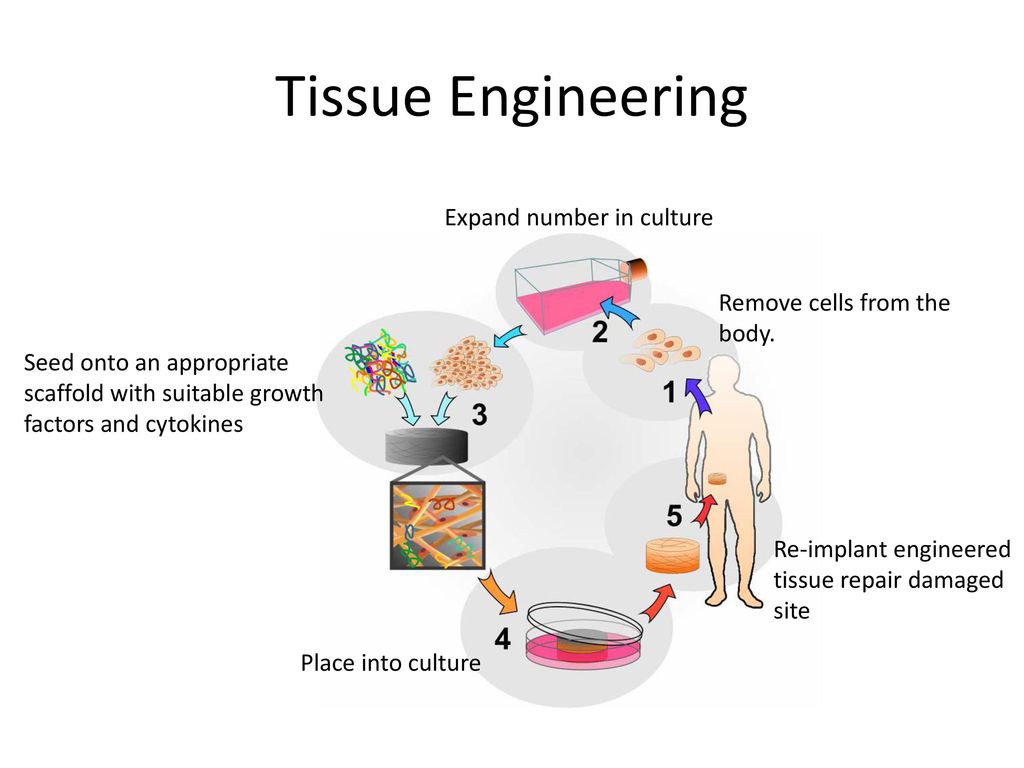The global tissue engineering market, valued at approximately $4.4 billion in 2023, is projected to reach $8.9 billion by 2028, growing at a robust CAGR of 15.3% from 2023 to 2028. This comprehensive market analysis delves into industry trends, pricing dynamics, patent activity, insights from conferences and webinars, identification of key stakeholders, and a detailed understanding of purchasing behavior. The market’s expansion is largely fueled by advancements in technologies such as 3D bioprinting, coupled with increasing demand for innovative solutions in tissue repair and regeneration.

Key Trends in the Tissue Engineering Market
The tissue engineering market is experiencing significant growth, driven by emerging technologies and a rising need for advanced regenerative solutions.
Attractive Opportunities in the Tissue Engineering Market
The market is ripe with opportunities, particularly in the areas of 3D printing and Quantum Magnetic Resonance Therapy (QMRT), which are expected to propel growth.
Global Tissue Engineering Market Dynamics
Driver: Growing Demand for Regenerative Medicines
The increasing need for advanced regenerative medicines to treat chronic and degenerative diseases is a major driver of the tissue engineering market. The rising incidence of degenerative diseases and road accidents is boosting demand for regenerative therapies. For instance, according to the CDC, in 2021, approximately 190 people died daily from Traumatic Brain Injury (TBI) in the U.S. Additionally, around 1.35 million people die annually in road accidents globally, further underscoring the need for advanced regenerative solutions.
Restraint: High Treatment Costs
The cost of advanced tissue engineering treatments remains a significant barrier. These therapies often involve expensive biomaterials, growth factors, living cells, scaffolds, and functional matrices, making them costly. This high expense is a notable restraint on the market’s growth.
Opportunity: Technological Advancements in Tissue Engineering
Technological innovations, such as 3D printing, organ-on-chip technology, and QMRT, are expected to drive market growth. For example, Cytotron, a QMRT device, is used to treat cancer and orthopedic diseases by addressing tissue degeneration and promoting tissue regrowth.
Challenge: Cost-Effective Traditional Organ Transplants
Traditional organ transplant techniques, which are more cost-effective than advanced tissue engineering therapies, pose a challenge to market growth. The affordability of these conventional methods can limit the adoption of more expensive tissue engineering solutions.
Global Tissue Engineering Market Ecosystem Analysis
The tissue engineering ecosystem comprises various stakeholders, including hospitals, specialty clinics, ambulatory surgical centers, transplant centers, product and service providers, technology developers, regulatory authorities, and collaborative networks. These entities work together to advance tissue engineering products, enhance drug discovery, and develop new therapeutics.
Product Segmentation and Market Trends
Scaffold Segment
The scaffold segment is expected to register the fastest growth in the tissue engineering market during the forecast period, driven by advancements in regenerative medicine and the expanding healthcare industry.
Application Segment
Orthopedics and musculoskeletal disorders held the dominant share in the application segment in 2022, driven by the increasing incidence of road accidents and chronic disorders. The demand for innovative tissue regeneration solutions to repair and reconstruct damaged tissues is on the rise.
Regional Analysis: North America Leads the Market
In 2022, North America accounted for the largest share of the tissue engineering market, followed by Europe. The region’s dominance is attributed to its booming healthcare sector and growing research activities in tissue engineering. Additionally, the high incidence of degenerative diseases is driving market growth in North America.
Leading Companies in the Global Tissue Engineering Market
Key players in the tissue engineering market include Organogenesis (US), AbbVie Inc. (US), Baxter (US), BD (US), B. Braun (Germany), TEIJIN Limited (Japan), Institut Straumann AG (Switzerland), Integra Lifesciences (US), Johnson & Johnson Services, Inc. (US), Medtronic (Ireland), NuVasive, Inc. (US), Stryker (US), Terumo Corporation (Japan), W. L. Gore & Associates Inc. (US), Zimmer Biomet (US), Smith & Nephew plc (UK), MIMEDX Group, Inc. (US), BioTissue (US), CollPlant Biotechnologies Ltd. (Israel), Sumitomo Pharma Co., Ltd. (Japan), Matricel GmbH (Germany), Mallinckrodt (US), Regrow Biosciences Pvt Ltd (India), Vericel Corporation (US), Tecnoss S.R.L. (Italy), Tegoscience (South Korea), and Tissue Regenix (UK).
Scope of the Tissue Engineering Market
Report Metrics:
- Market Revenue in 2023: $4.4 billion
- Projected Revenue by 2028: $8.9 billion
- CAGR: 15.3%
- Key Market Drivers: Growing need for regenerative medicines
- Key Opportunities: Technological advancements like 3D printing and QMRT
Market Segmentation:
- By Product Type: Scaffolds, Tissue Grafts, Others
- By Material: Synthetic Material, Biological Material, Collagen, Hydrogel, Stem Cells, Others
- By Application: Orthopedics & Musculoskeletal Disorders, Dermatology & Wound Care, Dental Disorders, Cardiovascular Diseases, Others
- By End User: Hospitals, Specialty Centers, Clinics, Ambulatory Surgical Centers
- By Region: North America, Europe, Asia Pacific, Latin America, Middle East & Africa
Recent Developments in the Tissue Engineering Industry
- September 2023: MIMEDX Group Inc. launched EPIEFFECT, expanding its advanced wound care product portfolio with a lyophilized human placental-based allograft.
- July 2023: Teijin Limited launched SYNFOLIUM, a cardiovascular surgical patch, after receiving manufacturing and marketing approval in Japan.
- July 2021: Integra Lifesciences introduced SurgiMend, a collagen matrix product for soft tissue repair and reconstruction.
- May 2020: AbbVie Inc. acquired Allergan plc, expanding its product portfolio in therapeutics, particularly in neuroscience and global aesthetics.
